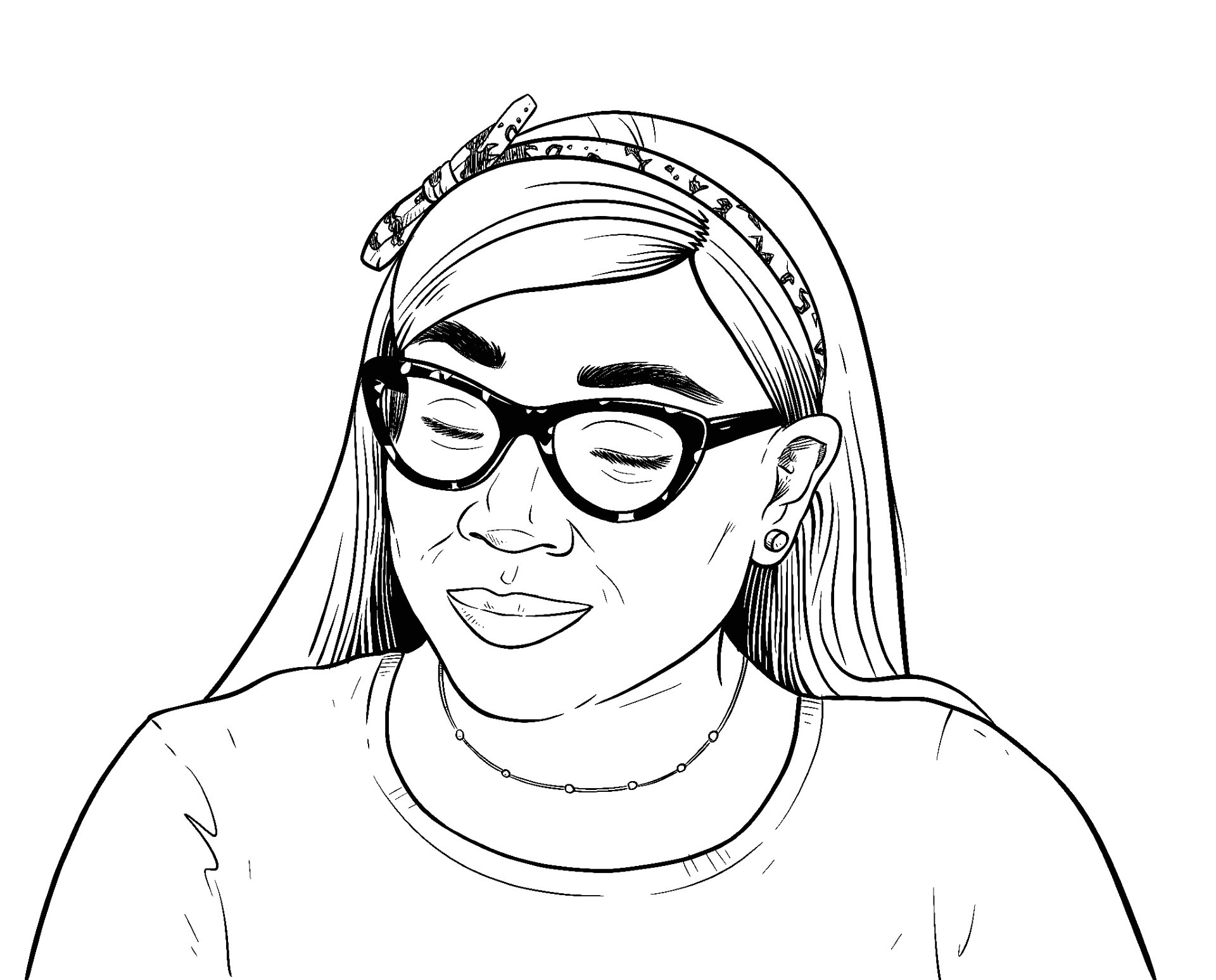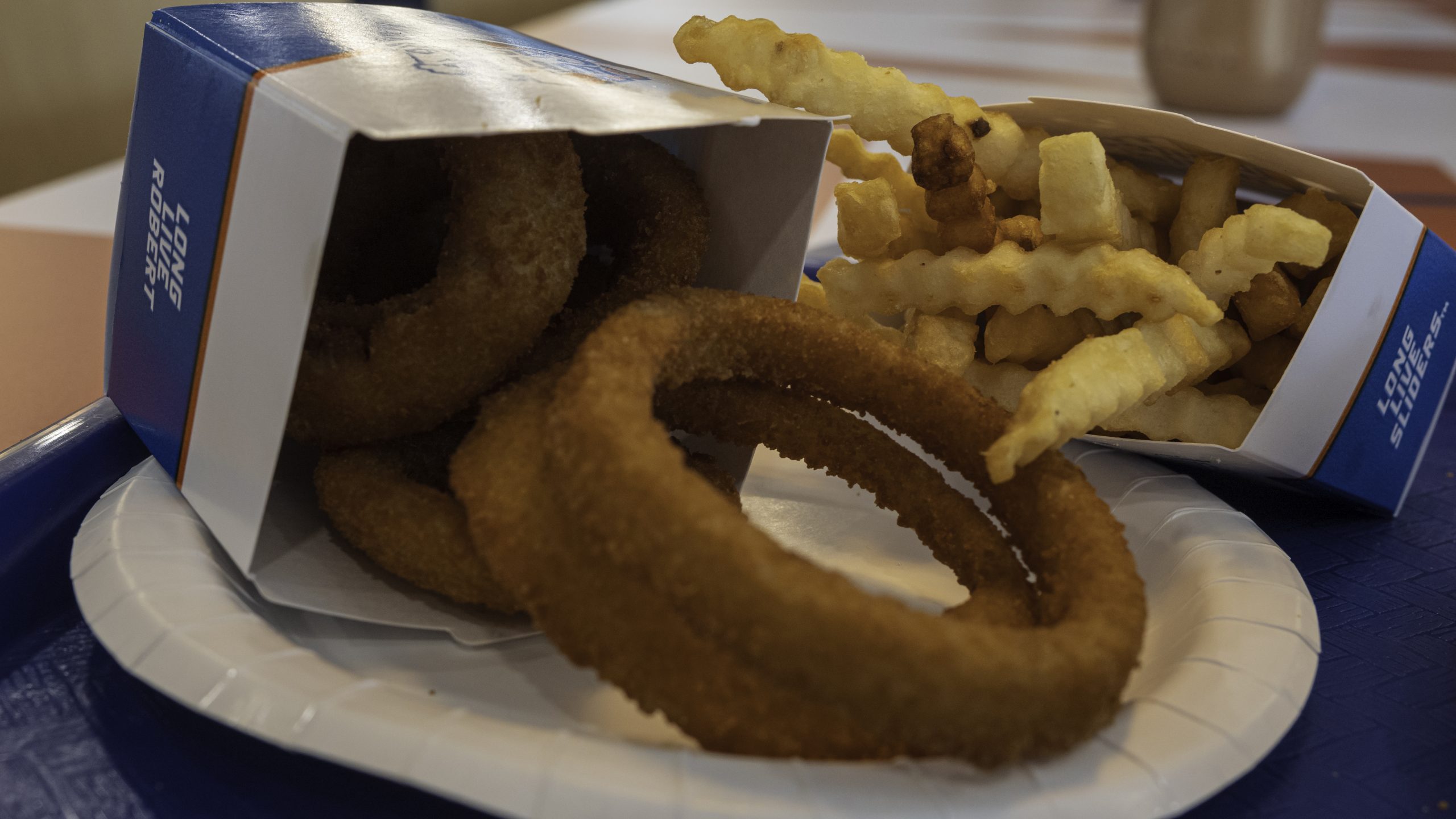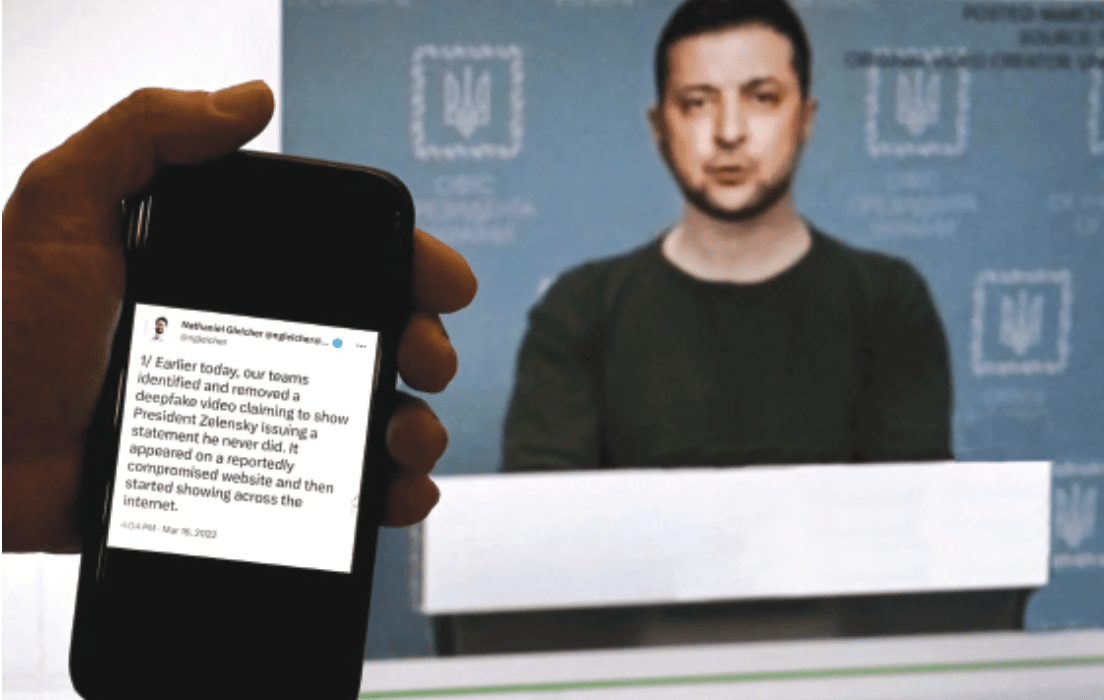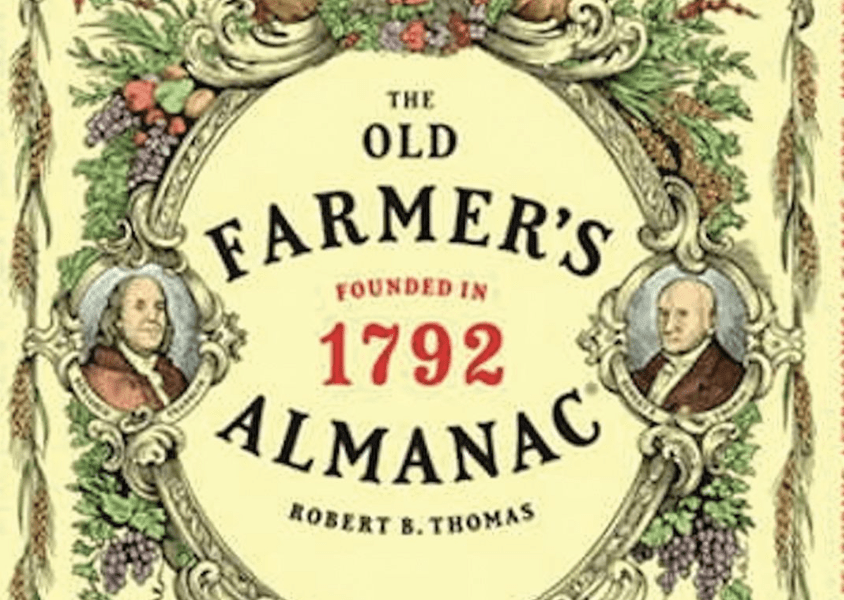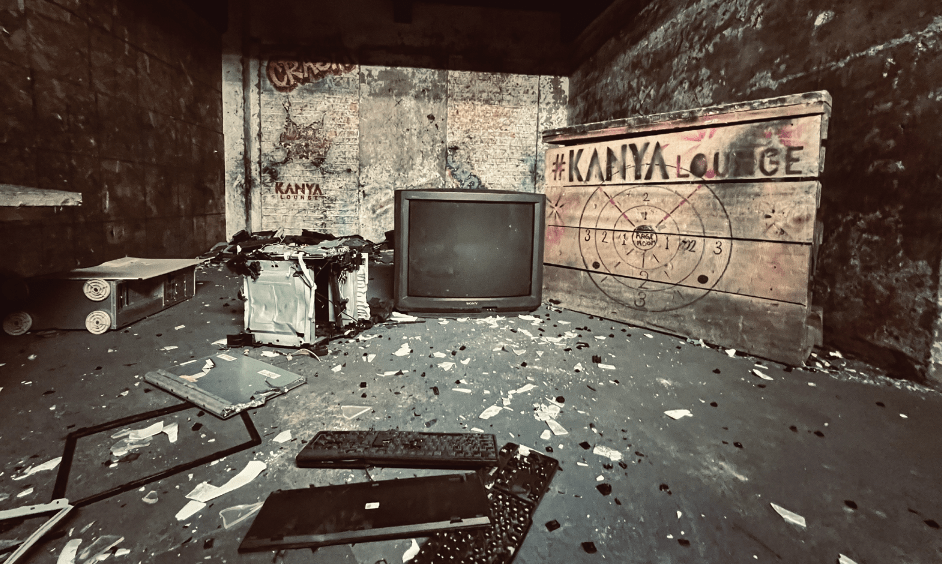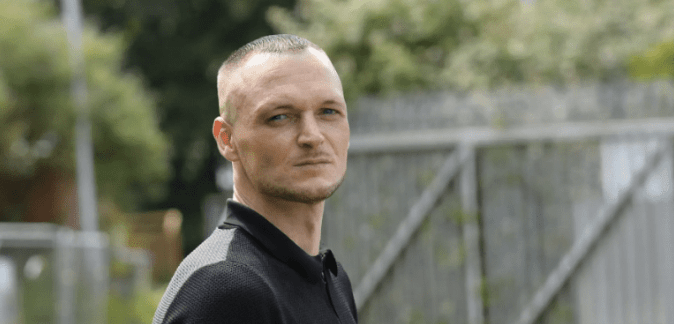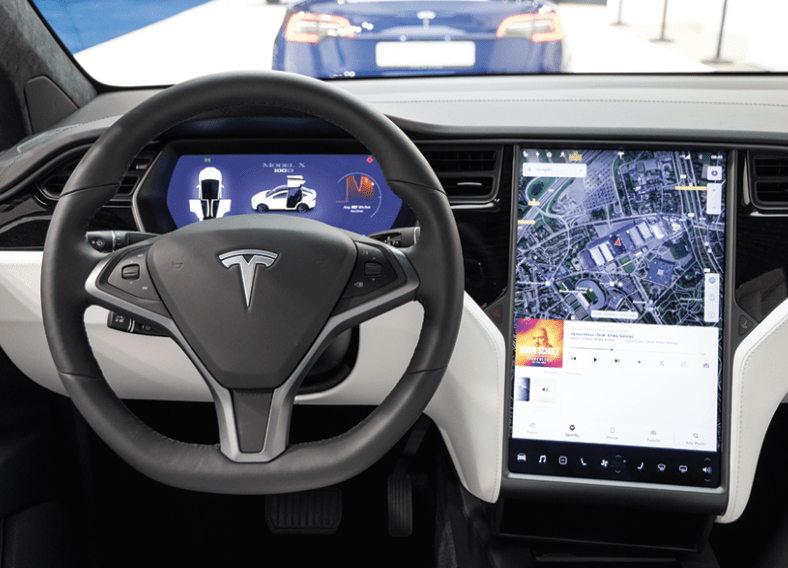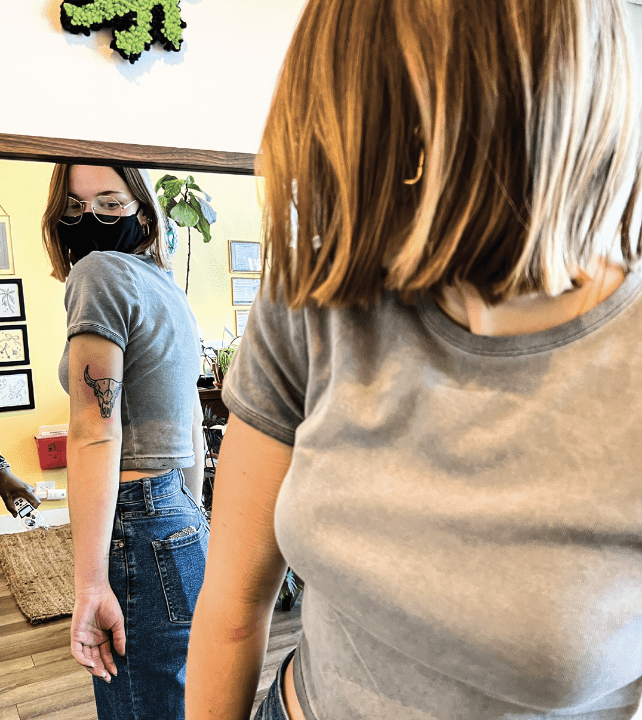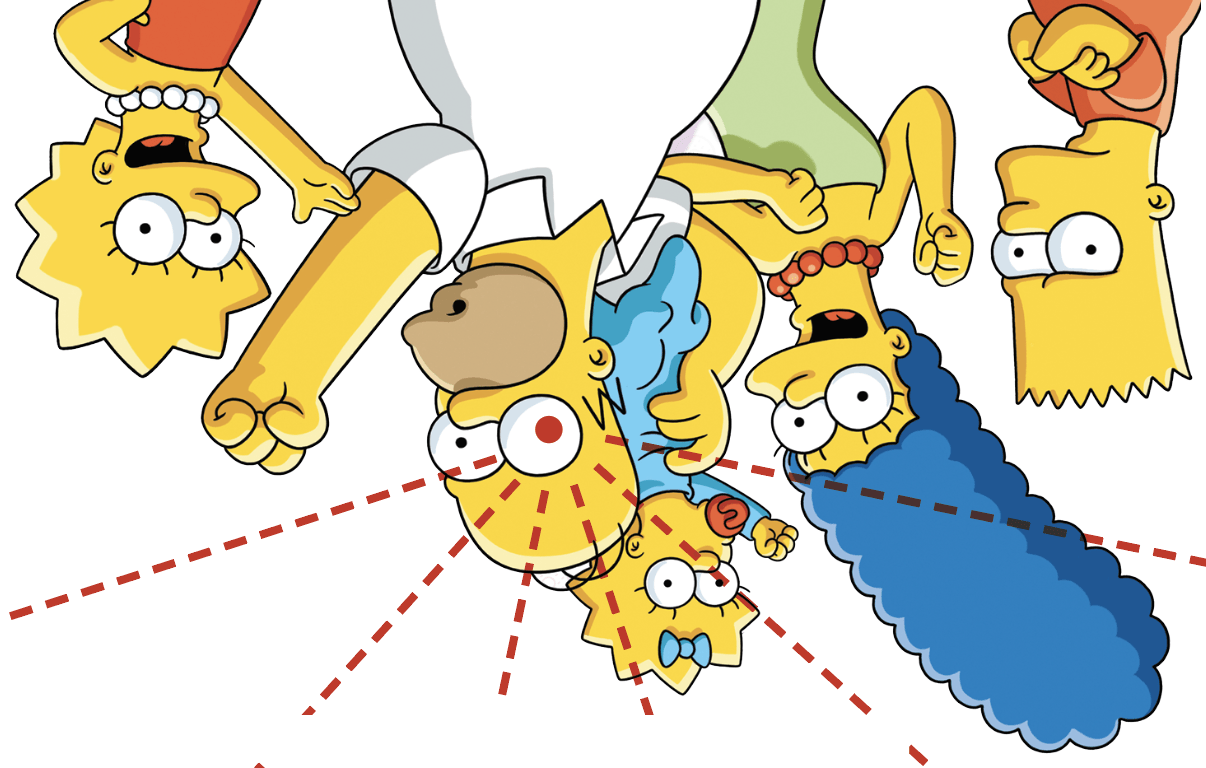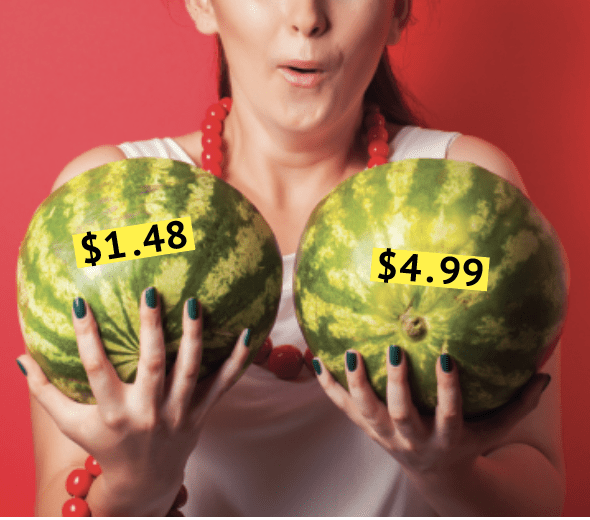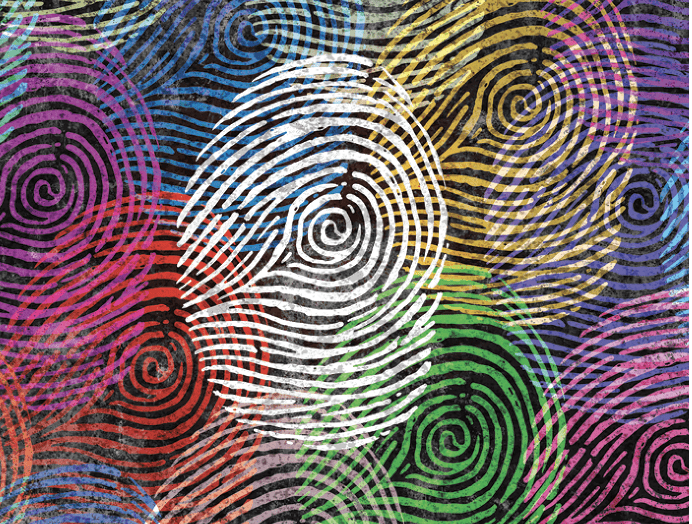My Baby Bear Side Hustle
Here’s how YouTube and AI are going to help me get rich quick
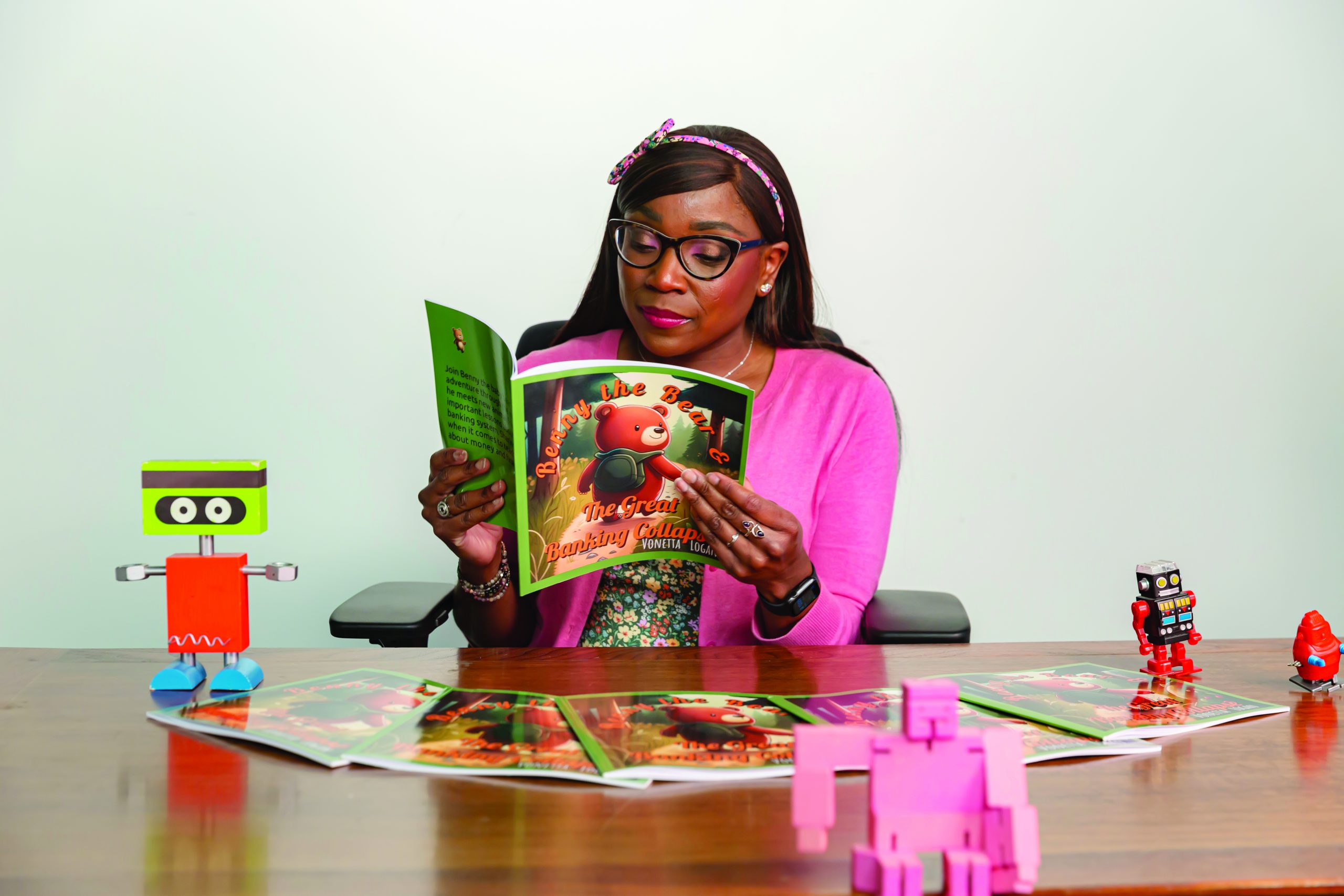
Gather ‘round kids and hear a tale from the late 1900s. In those days, getting rich quick required driving to the nearest Marriott hotel and conference center to hear an impassioned speech from a charismatic financial evangelist. You’d find out how to parlay your latte money into the stuff of Lifestyles of the Rich and Famous.
Speakers from Robert Kiyosaki to Tony Robbins and Suze Orman had written blockbuster books, but if you wanted their sage advice in real time you needed to pony up cash to see them on their coast-to-coast tours.
Because this issue of Luckbox touches on the creator economy, I’m happy to tell you that in 2023, the charlatans are the same, but the medium has changed. Can making passive income be as easy as watching a few YouTube videos and getting to know AI?
Buckle in for this true tale of how I used YouTube and chatbots to create a quasi-legal side hustle. Will this be my last article before I blow this pop stand and head to the Maldives?
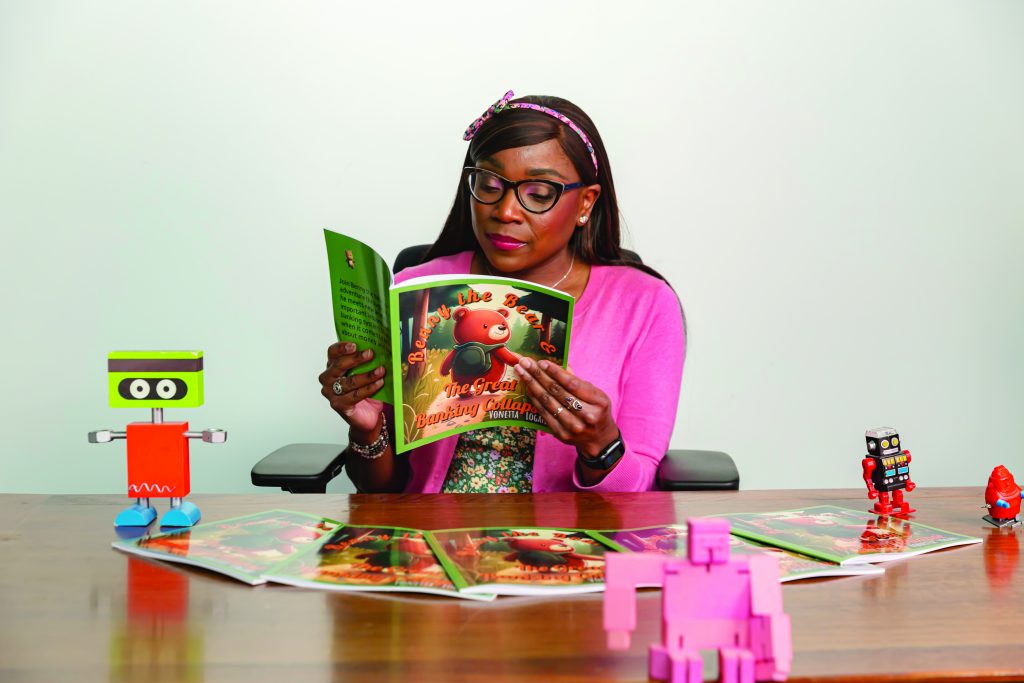
All Aboard the AI Train
ChatGPT exposed millions of people to a new form of automation. Generative AI can pass the bar, write an operatic aria or code an entire website in minutes. I typed, “How to get rich using ChatGPT” into YouTube and more videos than you can swing a cat at appeared in my feed.
“It’s one of the craziest softwares I’ve ever seen on planet Earth, and you can become a millionaire just using ChatGPT, I guarantee you,” advises one entrepreneur wearing a “CEO” beanie. I mean, that hat seems legit.
The money-making suggestions varied from signing up as a freelance copywriter on a site like Fiverr and then using AI to fulfill your clients’ needs, to using AI to write articles embedded with links to products from your affiliate marketing site.
“In each video, though, the narrator tends to skim over a few important points: like whether or not the content they’re creating is accurate, helpful or even good,” writes James Vincent for The Verge.
The next Dr. Seuss?
One idea stood out. You can use ChatGPT to write a children’s book, illustrate it with
Midjourney text-to-image AI and then use Amazon’s KDP as a self-publishing platform. If there’s anyone who probably shouldn’t write a book for children, it’s me, but I decided to give it a go.
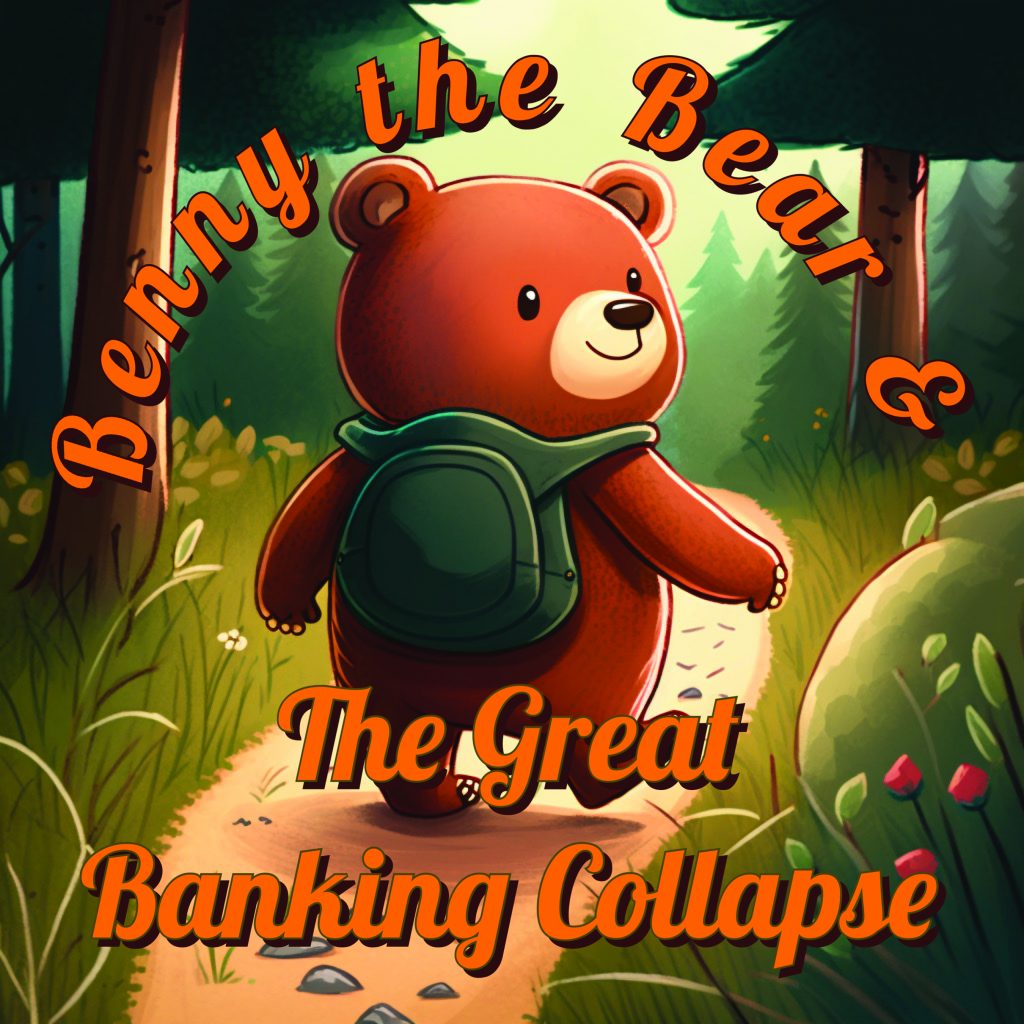
Great Banking Collapse, is for sale on Amazon for $10.25 … a girl’s gotta eat.
Beginning with our enterprise GPT-4 account, I prompted: “Write a children’s book featuring a baby bear who learns about the banking collapse.” In nanoseconds, a full children’s story was scrolling up my screen.
Amazed, I read it. Decent, but it needed more intrigue, so I kept adjusting the prompt until I got a story about a baby bear named Benny who encounters several of his forest friends bewildered by a smashed piggy bank in the magical woods. He then learns all about income inequality from his friend Elizabeth Raven, and together they set out to right all economic injustice. Damn, I smell a Newbery Medal.
So, my story was written, and because I was using our corporate account, I have invested a total of $0 in this project. The next step was to illustrate my masterpiece. The weekend before I started this project, a viral image of a “swagged out” pope wearing a white, puffy Balenciaga coat and a diamond-encrusted crucifix went viral even though the image was fake.
A guy in Chicago, high on mushrooms (true story), thought it would be funny, and the viral image’s near-perfect details fooled everyone. Because of this, Midjourney got rid of their free trial program, so I signed up for an account for $10 a month.
I prompted: “Baby bear walking through the woods drawn in children’s book illustration style.” I got some good images, but then I had to watch some more YouTube videos to learn how to give the character a consistent look.
When using AI, it’s super easy to get a cute image, but how do you transition that into other settings? This is the glory and sorrow of YouTube. You can spend hours and hours teaching yourself new skills to the detriment of all your other responsibilities. But if I’m going to make it to the Maldives, I need to hustle. It took me two days of “illustrating,” but I got 14 full-color, beautifully rendered pictures.
I asked one of my coworkers, a talented illustrator and artist, how long it would take him to complete just one of the images Midjourney had rendered for me in less than five minutes.
“If I was chained to my desk, with no breaks, probably about six to eight hours’ worth of work for each image,” he said. How much would he charge? Between $250 and $350. Putting the theoretical cost of my book at over $3,500 just for the art. Again, I paid $10.
In two days, using only YouTube videos as a guide, I wrote, illustrated and published a children’s book that, in theory, could generate passive income. My out-of-pocket cost was $10.
I then turned to YouTube to learn: “How to self-publish a book on Amazon.” Seriously helpful step-by-step videos showed how to use Canva (free edition) to format my book.
Then, I opened an Amazon KDP account and succeeded in submitting my book as both a paperback and a Kindle title. Using Amazon KDP is entirely free. Amazon prints your book on demand when it receives an order, and as an author you can order your own books from Amazon at cost (my print cost is $3.25). My book, Benny The Bear & The Great Banking Collapse is now for sale on Amazon for $10.25 (a girl’s gotta eat) and the Kindle version is $4.99.
This to me will always be the transformative power of generative AI and YouTube. In two days, using only YouTube videos as a guide, I wrote, illustrated and published a children’s book that, in theory, could generate passive income. My out-of-pocket cost was $10.
But this is where I started to get the “ick.” I honestly felt bad. As a fellow creative, I was delighted by this process and the new ways it allowed me to create in a medium that isn’t my forte. But I’m wracked with guilt over using AI that could be stealing artists’ work or at least taking work away from them.
So, does YouTube offer actual suggestions on how to get rich? Absolutely. Just make sure you understand what they’re selling and make sure that you’re the consumer and not the product.
Vonetta Logan, a writer and comedian, appears daily on the tastylive network. @vonettalogan


